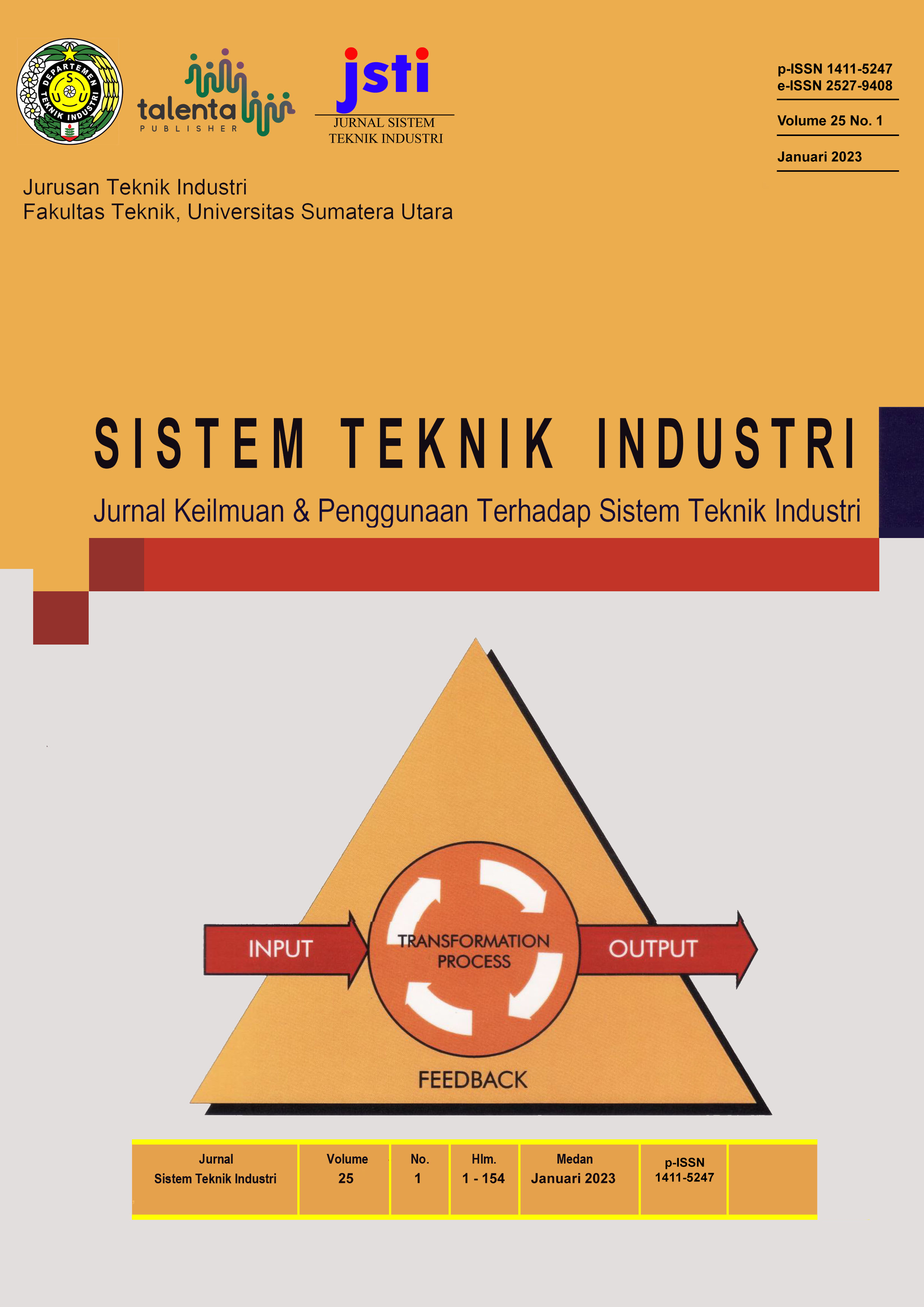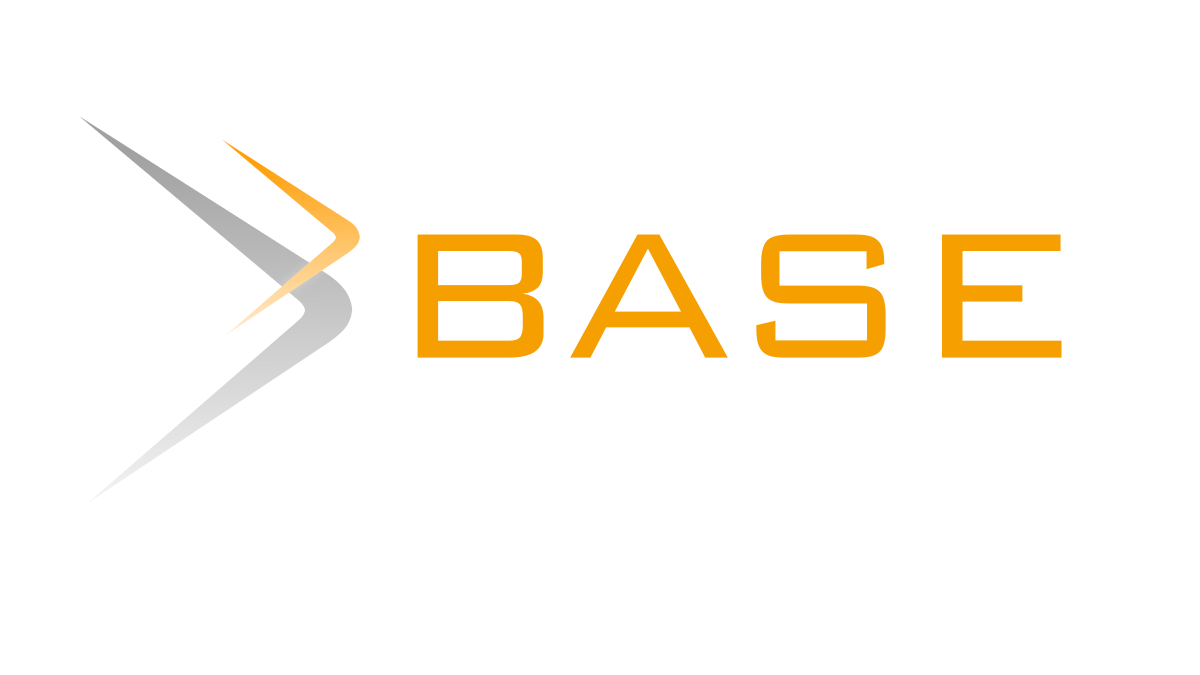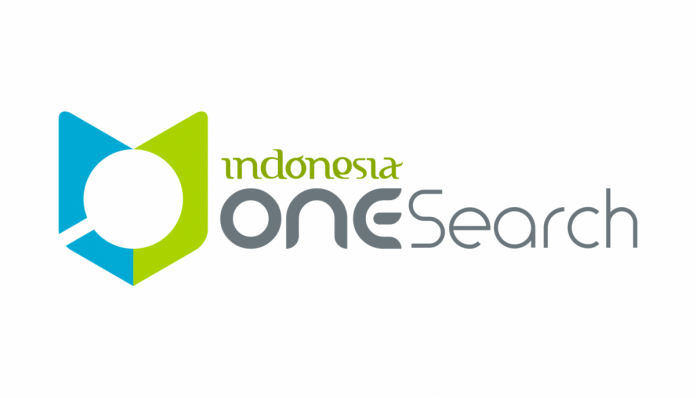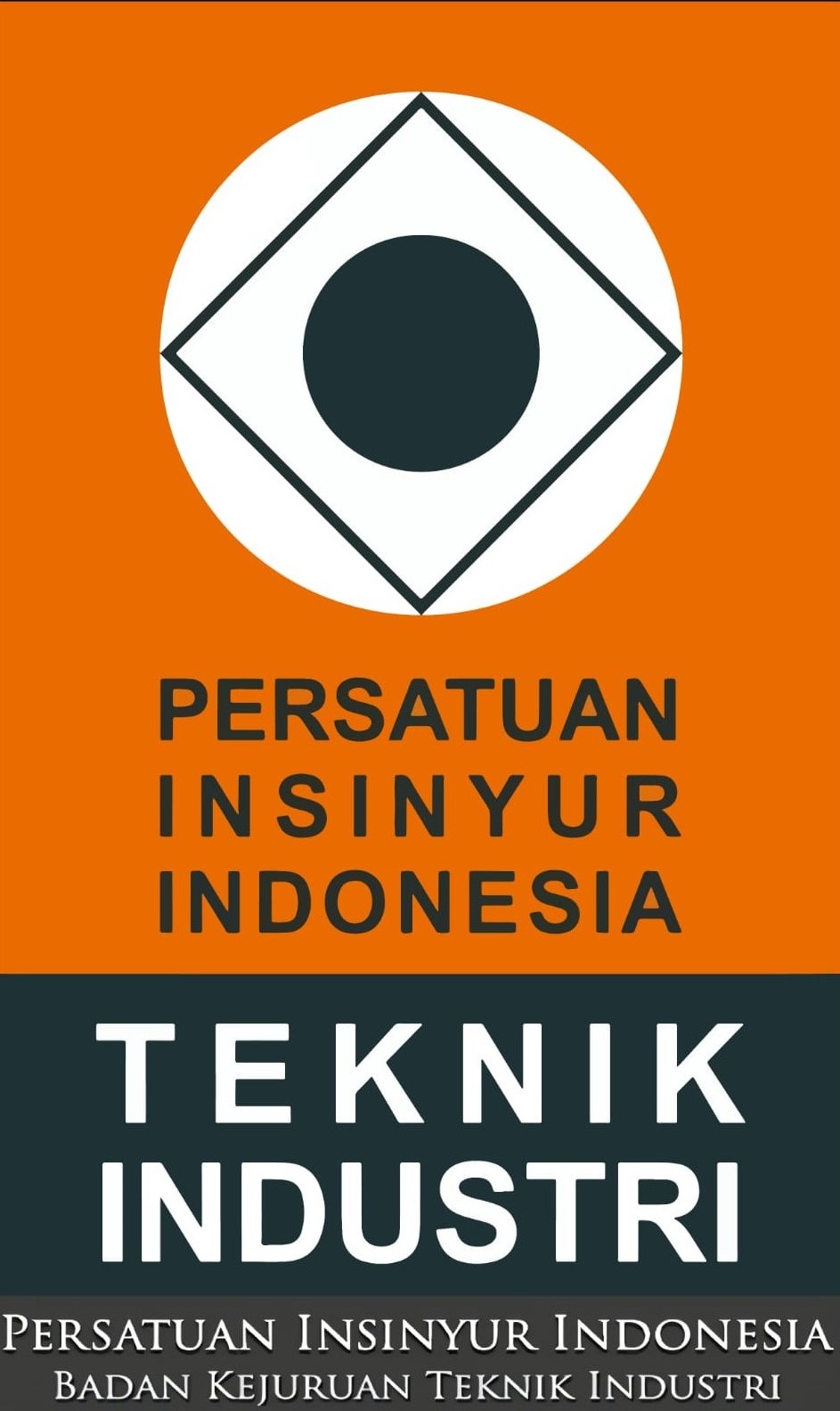Evaluation of Online Learning Satisfaction During Pandemic Using the IPA-Kano Method
DOI:
https://doi.org/10.32734/jsti.v25i1.10535Keywords:
Kano, IPA, Integrated, AttributeAbstract
The COVID-19 pandemic has impacted all aspects of life, including teaching and learning activities. Therefore, the entire community must be ready to do online learning, which will have different processes and results from normal learning. This study aims to determine the level of student satisfaction in online learning during the pandemic. This study uses attributes on Webqual 4.0 and processed using the integration of IPA and Kano. Based on the results of research conducted on 194 respondents, it was found that attributes US1 and IT4 were in the Beginning jewelry category, IT7 attributes were in the Defenseless Strategy point category, IT2 attributes were in the Fatal category, attributes IF1, IF2, IT3 was in the Major weapon category, attributes IF4, IF5 are included in the precious treasure category, and other attributes are included in the removed category because they have the Kano Indifferent category.
Downloads
References
C. Huang et al., “Articles Clinical features of patients infected with 2019 novel coronavirus in Wuhan , China,†pp. 497–506, 2020.
Y. Wu, C. Chen, and Y. Chan, “The outbreak of COVID-19 : An overview,†pp. 217–220, 2019.
Menteri Pendidikan dan Kebudayaan, Pembelajaran secara Daring dan Bekerja dari Rumah untuk Mencegah Penyebaran Covid-19. 2020.
R. M. F. Oducado and H. Estoque, “Online Learning in Nursing Education During the COVID-19 Pandemic: Stress, Satisfaction, and Academic Performance,†J. Nurs. Pract., vol. 4, no. 2, 2021.
N. M. Almusharraf and S. H. Khahro, “Students’ Satisfaction with Online Learning Experiences during the COVID-19 Pandemic,†Int. J. Emerg. Technol. Learn., vol. 15, no. 21, 2020.
D. Gandasari and D. Dwidienawati, “Evaluation of Online Learning with Digital Communication media during the COVID 19 Pandemic,†J. Soc. Sci., vol. 48, no. 3, 2020.
M. Maqableh and M. Alia, “Evaluation online learning of undergraduate students under lockdown amidst COVID-19 Pandemic: The online learning experience and students’ satisfaction,†Child. Youth Serv. Rev., vol. 128, 2021.
T. Indrayanti, Jamhari, J. H. Mulyo, and Masyhuri, “The analysis of community based agrotourism customer satisfaction in Yogyakarta,†J. Environ. Manag. Tour., 2019.
A. Gunawan, N. Wahyuni, and A. S. Utami, “Analisis Tingkat Kepuasan Pelanggan Terhadap Pasien Rawat Jalan Di Krakatau Medika Hospital,†J. Integr. Syst., vol. 3, no. 1, 2020.
S. A. Fudhila Nengsih, R. Lestari, and R. Husna, “INTEGRASI METODE IMPORTANCE PERFORMANCE ANALYSIS DAN MODEL KANO DALAM PENINGKATAN KUALITAS PELAYANAN (STUDI KASUS: PERPUSTAKAAN UNIVERSITAS ANDALAS),†J. Mat. UNAND, 2016.
A. A. Pratiwi and W. Silfianti, “Integrating IPA with Kano model for analyzing service quality elements of mobile ride-hailing app,†Int. J. Comput. …, 2018.
S. Li and Q. Xiao, “Classification and Improvement Strategy for Design Features of Mobile Tourist Guide Application: A Kano-IPA Approach,†Mob. Inf. Syst., 2020.
Y. F. Kuo, J. Y. Chen, and W. J. Deng, “IPA-Kano model: A new tool for categorising and diagnosing service quality attributes,†Total Qual. Manag. Bus. Excell., 2012.
C. C. Tseng, “An IPA-Kano model for classifying and diagnosing airport service attributes,†Res. Transp. Bus. Manag., 2020.
S. K. Dewi, A. R. C. Putri, and B. A. D. Winarko, “Peningkatan Kualitas Jasa Fasilitas Kesehatan dengan Integrasi Metode IPA dan KANO,†J. Sist. dan Manaj. Ind., 2018.
S. K. Dewi, “Analisis Kualitas Pelayanan Dengan Menggunakan Integrasi Importance Performance Analysis (IPA) dan Model Kano,†Semin. dan Konf. Nas. IDEC, vol. 12, no. 1, 2018.
S. Sujono and H. B. Santoso, “Analisis Kualitas E-Learning dalam Pemanfaatan Web Conference sebagai Media Belajar Mahasiswa,†SAINTEKBU, 2017.
D. Dafid and D. P. Kesuma, “Identifikasi Atribut Kepuasan Mahasiswa Terhadap Layanan Sistem Pembelajaran Online Menggunakan Metode WebQual dan Kano,†JuSiTik J. Sist. dan Teknol. Inf. Komun., 2020.
D. Dafid, “Penggunaan Metode IPA dan WebQual untuk Mengukur Kualitas Sistem Informasi Akademik,†J. Ilm. Inform. Glob., 2018.
D. A. Amelia and W. S. Jatiningrum, “Evaluasi Kualitas Layanan Kedai Kopi Melalui Model IPA-Kano,†J. PASTI, 2020.
A. Indrasari, “INTEGRASI METODE IPA DAN MODEL KANO DALAM PENGEMBANGAN KUALITAS PELAYANAN PERPUSTAKAAN,†J. Ilm. Tek. Ind., 2017.
F. Rindani and S. Puspitodjati, “Integration of Webqual Method to Importance Performance Analysis and Kano Model to Analyze System Quality of E-Government: Case Study LAPOR!,†J. Sist. Inf., 2020.
W. S. Jatiningrum and H. Mastrisiswadi, “Studi Preferensi Konsumen Terhadap Produk Sepatu Gunung,†J. Ilm. Tek. Ind., vol. 16, no. 2, p. 164, Dec. 2017.
K. W. Solihin, Amalia, and H. Mastrisiswadi, “Customer Needs Analysis as Product Design Base of Refilled Bottled Water for Adults using Kano Models,†Int. J. Innov. Res. Adv. Eng., vol. 4, no. 04, pp. 16–21, 2017.
H. Mastrisiswadi and H. Herianto, “Analisis Kebutuhan Robot Rehabilitasi Pasien Pasca Stroke dengan Menggunakan Metode Kano,†J. Ilm. Tek. Ind. Vol 15, Iss 2, Pp 151-156 VO - 15, 2017.
H. Mastrisiswadi, D. N. Izzhati, and R. Setyaningrum, “ANALISIS PREFERENSI KONSUMEN TERHADAP KEMASAN IKAN ASAP DENGAN MENGGUNAKAN METODE KANO,†in RAPI XVII, 2018, pp. 82–88.
H. Mastrisiswadi, D. N. Izzhati, and T. Talitha, “The use of importance-performance analysis for Indonesian smoked fish production strategy,†in IOP Conference Series: Materials Science and Engineering, 2018, vol. 403, no. 1, p. 12053.
Downloads
Published
How to Cite
Issue
Section
License
Copyright (c) 2023 Jurnal Sistem Teknik Industri

This work is licensed under a Creative Commons Attribution-ShareAlike 4.0 International License.
The Authors submitting a manuscript do so on the understanding that if accepted for publication, the copyright of the article shall be assigned to TALENTA Publisher Universitas Sumatera Utara as the publisher of the journal.
Copyright encompasses the rights to reproduce and deliver the article in all forms and media. The reproduction of any part of this journal, its storage in databases, and its transmission by any form or medium will be allowed.



















